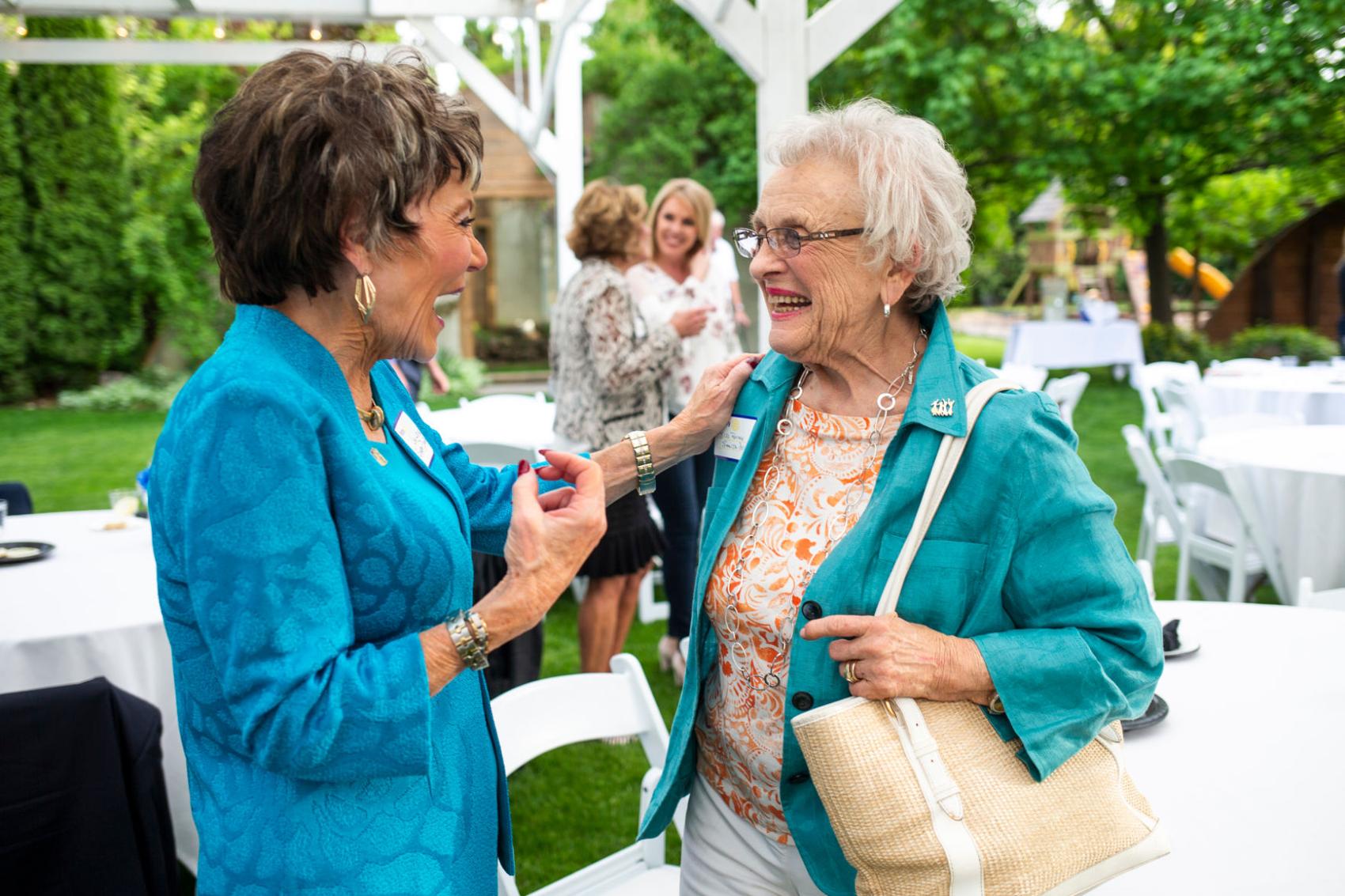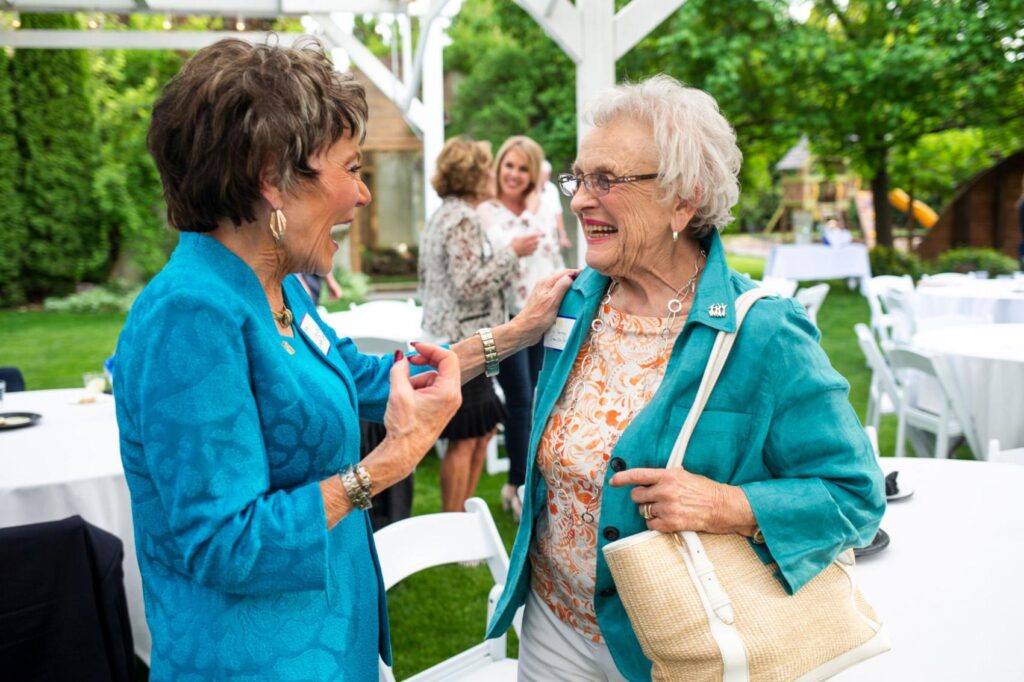
For more than a century, a global network of philanthropic individuals has been instrumental in funding and facilitating community growth.
But it was only last year Rotary International celebrated 30 years of women among its membership.
Though the first Yakima Rotary club was chartered in 1919, it wasn’t until 1987 — after the US Supreme Court ruled that all Rotary International clubs must admit women — that the first woman joined the Downtown Yakima Rotary club (Washington, US – D 5060).
Two years later, local businesswoman Jan Luring became the fourth woman in Rotary in Yakima.
Her membership began in 1989 with Sunrise Rotary — one of Yakima’s three Rotary clubs — after a long-serving Rotarian who was determined to bring women into the club asked her to join.
Though Luring was one of the few women to join after more than 80 years of men-only membership policies, she said she has never felt anything other than total acceptance.
“I have never thought of myself as a woman in Rotary, but as a Rotarian,” Luring said.
“I was just excited to help the community and make a difference with philanthropic projects.”
Luring’s desire to help others led her to establish a scholarship for high school seniors while serving as chairwoman of the Sunrise Rotary ways and means committee.
She worked with the club for 19 years before moving to the Downtown Rotary club.
As Yakima’s longest-serving female Rotarian, Luring said she’s seen the involvement of women in the club increase over time.
“The respect for women in Rotary has grown tremendously,” Luring said.
Women make up 27 per cent of membership in the Downtown, Sunrise and Southwest Rotary clubs in Yakima, said Carolyn Flory, executive director of the Downtown Yakima Rotary club.
Throughout Rotary International, women make up about 22 percent of membership.
When Yakima Rotarians gathered at Cascade Gardens in early May to celebrate more than 30 years of women in Rotary, Luring spoke positively about her experience.
“This is a phenomenal group of people to get to know and grow with,” she said. “I’m so grateful for the opportunity to be a Rotarian.”
Also speaking at the event was Sherry Chamberlain of Kamloops, BC, the governor-elect of Rotary District 5060, which includes clubs in Central Washington and south-central British Columbia.
She said that while women have come far in the organisation, there’s still a way to go.
“It hasn’t been that long since Rotary was a man’s organisation,” Chamberlain said.
“Women have been key in the continuing success of Rotary.”
To achieve gender parity, Chamberlain said, the organisation would need to add 19 women to every Rotary club in the world.
With 1.2 million members, that would be no small feat, she said.
Representation in Chamberlain’s district is roughly 32 per cent female. She’s the second woman to hold her position in the district.
Assunta Ng, publisher of the Seattle Chinese Post, also spoke at the event.
In 1986, Ng was one of the first 15 women to join Seattle’s Rotary club — before women were officially allowed — after being recruited by male members of the group.
When Ng joined Rotary, she often met male members who were surprised that she was a Rotarian herself, rather than someone related to a Rotarian.
She said she’s seen men’s attitudes change over the years, but she is still waiting for women in the club to be truly equal.
Part of that equality, Ng said, is women’s representation in Rotary leadership.
Though Rotary International has had a woman in the role of board member, treasurer and vice president, Ng said there’s still room to grow.
“My dream is to see a woman president leading Rotary International,” Ng said.
In 2017, Ian HS Riseley — Rotary International’s president-elect at the time — addressed Rotarians, saying that in the previous 10 years, female membership in Rotary had increased just 13 per cent.
“At that rate, it will take us another three decades to get to where we should be: full gender parity, with as many women in Rotary clubs as men,” Riseley said.
“Three decades is far too long to wait to achieve a Rotary that reflects the world in which we live. We need to make it a priority now.”
Source: Yakima Herald






